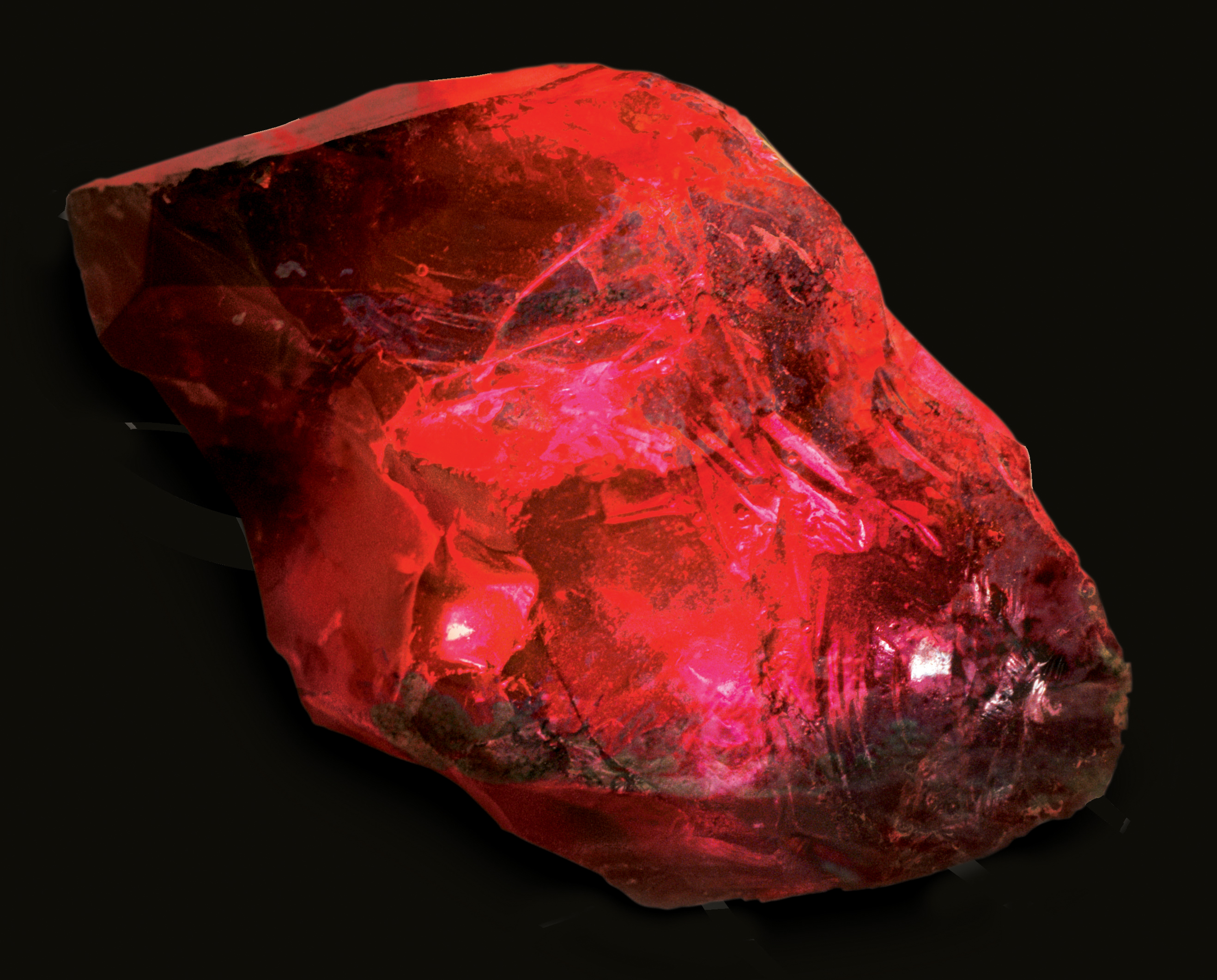Roje Stona

The term “Roje Stona” is a captivating phrase that holds deep historical and cultural significance across various regions. Its origins can be traced back to ancient times, where it represented a fundamental concept in understanding the world and its interconnectedness. Throughout history, “Roje Stona” has evolved and adapted, becoming embedded in the fabric of diverse cultures and traditions. This exploration delves into the history and significance of “Roje Stona,” uncovering its multifaceted meanings and enduring legacy.
Historical Origins and Cultural Significance, Roje stona
The historical origins of “Roje Stona” can be traced back to ancient civilizations, where it held profound significance in their understanding of the natural world and their place within it. In ancient Mesopotamia, “Roje Stona” was associated with the concept of cosmic order and the divine forces that governed the universe. It was believed to be a powerful symbol of balance and harmony, representing the interconnectedness of all things.
In ancient Egypt, “Roje Stona” was closely linked to the concept of “Ma’at,” which embodied truth, justice, and cosmic order. It was seen as a fundamental principle that maintained the stability of the universe and guided the actions of both humans and gods.
The term “Roje Stona” also holds significant cultural significance in various regions around the world. In many indigenous cultures, it is associated with the concept of “sacred ground,” representing places of spiritual power and connection to the ancestors. In some cultures, “Roje Stona” is believed to be a place where the physical and spiritual realms converge, allowing for communication with the divine.
Evolution and Usage Over Time
Over time, the term “Roje Stona” has evolved and adapted to reflect changing cultural contexts and beliefs. In some regions, it has become synonymous with concepts of ancestral wisdom, cultural heritage, and the preservation of traditional knowledge. In others, it has taken on a more modern meaning, representing a sense of place, identity, and belonging.
The evolution of “Roje Stona” can be seen in its usage in literature, art, and music. For example, in traditional storytelling, “Roje Stona” often represents the setting for epic tales and legends, serving as a backdrop for stories that convey cultural values and beliefs. In art, “Roje Stona” can be depicted as a sacred site, a place of beauty and wonder, or a symbol of cultural identity. In music, it can be used to evoke a sense of place, history, and tradition.
Role in Traditional Practices, Beliefs, and Rituals
“Roje Stona” plays a vital role in traditional practices, beliefs, and rituals across various cultures. In many indigenous cultures, it is a central element in ceremonies and rituals that celebrate the connection to the land, the ancestors, and the spiritual world. These practices often involve offerings, prayers, and songs that are intended to honor the sacredness of “Roje Stona” and to maintain harmony with the natural world.
For example, in some indigenous cultures, “Roje Stona” is believed to be a place where the spirits of the ancestors reside. Ceremonies and rituals are performed at these sites to communicate with the ancestors, seeking their guidance and protection. In other cultures, “Roje Stona” is seen as a source of healing power. People may visit these sites to seek cures for illnesses, to purify themselves, or to connect with the healing energy of the earth.
The term “roje stona” holds significant cultural and historical weight in certain communities. It’s a phrase that evokes a sense of tradition and resilience, reflecting the enduring spirit of those who have faced adversity. For a deeper understanding of this concept and its impact, you can explore the article roje stona , which delves into the meaning and significance of this powerful phrase.
Roje stona, meaning “red stone” in the local dialect, is a captivating geological formation that has inspired countless stories and legends. One can’t help but draw parallels to the powerful and resilient spirit of South Africa, a spirit exemplified by athletes like wayde van niekerk , who has etched his name in the annals of sporting history.
Just as the roje stona stands tall and enduring, so too does the legacy of South African athletic excellence.